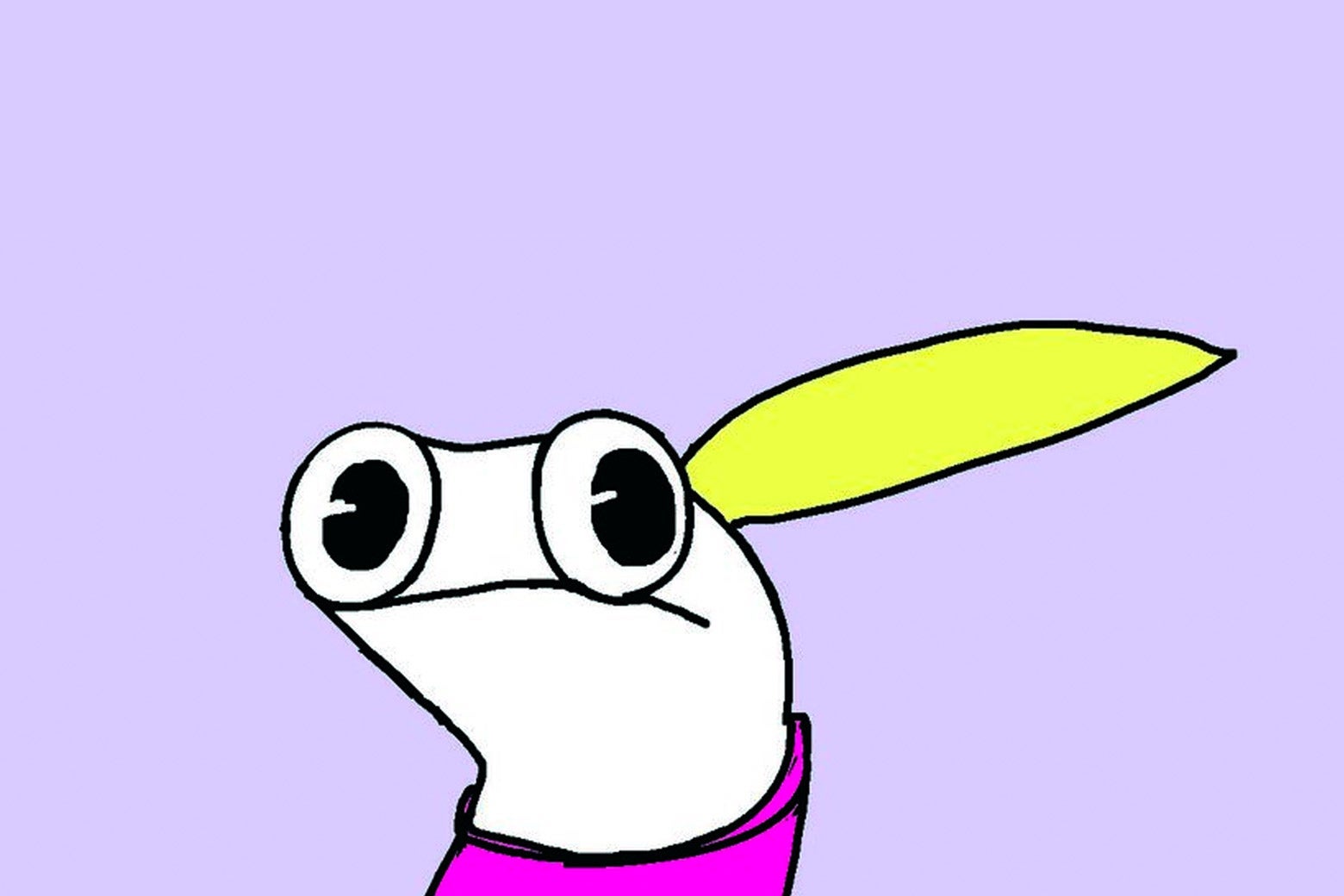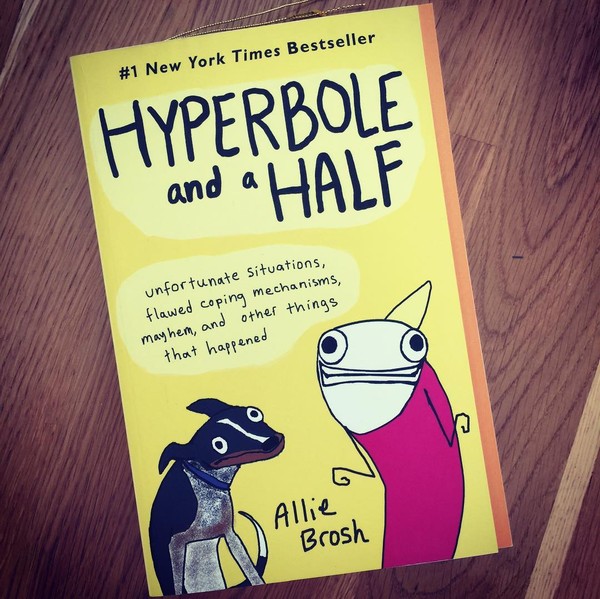

It did briefly scratch that blogging itch, so expect a less review-focused post from me sometime in the future. It’s a strange reminder of how internet has evolved over the several years, so this graphic novel felt like a bit of a time capsule to a different time. There’s some opening for discussion as far as the reader’s experience, but largely, the presentation seems to be part of the form. Overall, the voice of this is less about giving advice and more Brosh figuring things out for herself and talking about her experiences. Brosh is so candid about her mental health-state and carefully balances awareness without providing any prescription, which feels refreshing to some writing I need in more contemporary times.

The chapters that resonated with me the most are the two-parter on depression and the multi-parter on identity vs. It’s really effective and the humor worked for me, for the most part. The long form writing cannot be replaced by the images nor do the images serve as a kind of caption for the words to come. But the quirky illustrations and hand-written dialogues are charming. The art is not “beautiful” in any sense of the word. This frank and funny collection of stories and anecdotes made for quick, easy reading, and I’m definitely looking forward to the recently-released sequel. My friends lent me a bunch of things and I’m in the process of reading them all before I leave for Texas at the end of the month.

I had read some of Allie Brosh’s blog posts around a decade ago, so this blog-in-novel form has been on my radar for almost a decade. Content warning: use of the “r” slur to refer to the diminished intelligence of a dog In 2014, Brosh had a wildly popular blog, a published book, and a devoted fanbase for her writing and cartoons, often layering humor over topics of mental health.


 0 kommentar(er)
0 kommentar(er)
